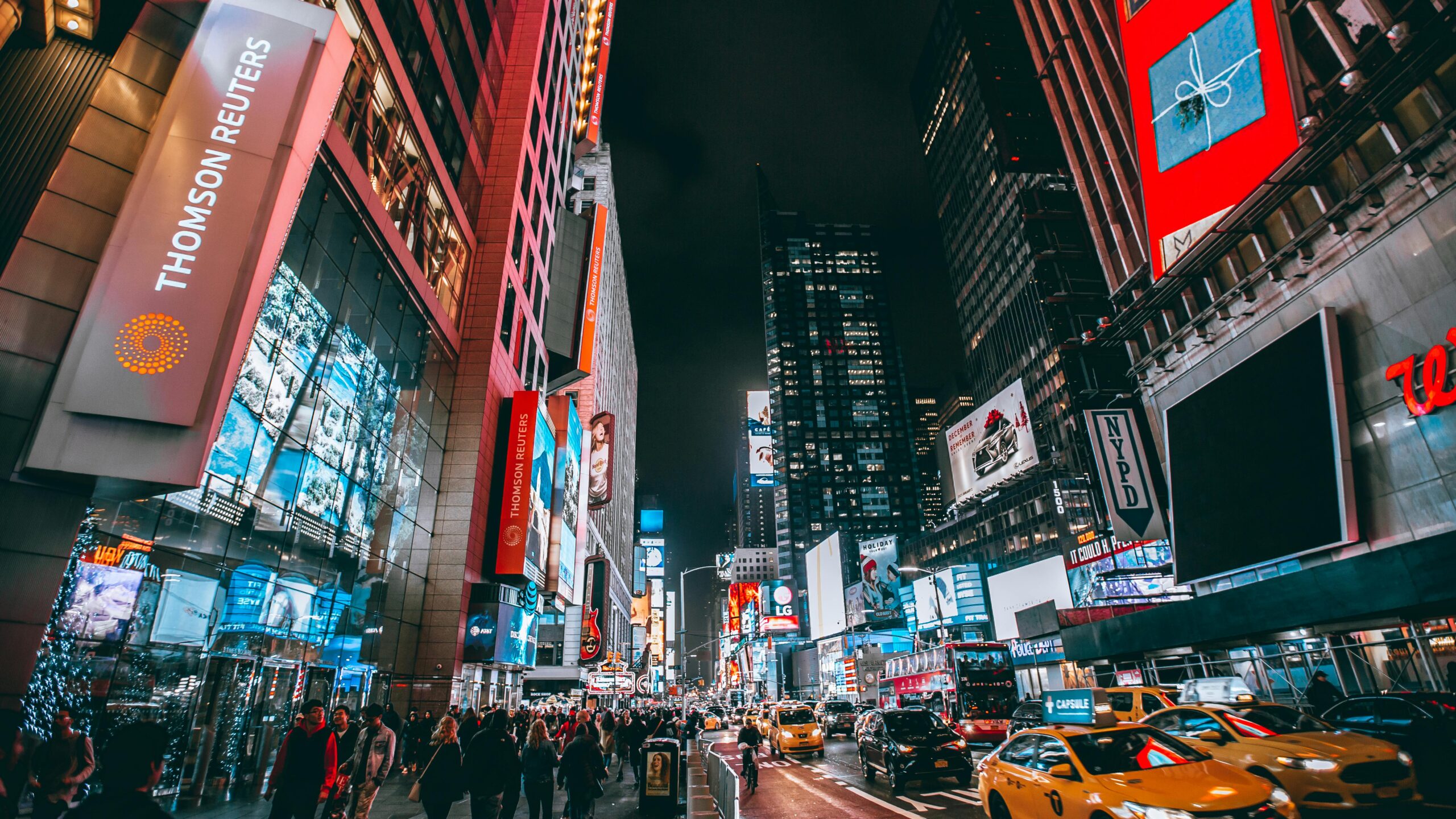The Office of Governor Kathy Hochul published new data regarding the recently implemented congestion pricing in New York City.
In an effort to reduce heavy traffic, the controversial pricing plan took effect on Jan. 5th, imposing a $9 daily fee on vehicles entering Manhattan south of 60th Street during peak hours. While proponents argue it is a necessary step to improve mobility and environmental conditions in the city, the policy has faced legal and political opposition, particularly from New Jersey and the Trump administration.
“We need to make it easier for people who choose to drive or who have to drive to get around the city, to spend less time in traffic. We need to make sure that ambulances can get to hospitals, which is not the case now. We need to make sure the air gets a little cleaner, and we need to make transit better for the 90 percent of New Yorkers who use transit to get around,” MTA Chair Janno Lieber told CBS News in February
A press release by the Office of the Governor published in late March found the rate of traffic moving across bridge and tunnel crossings to be 30 percent faster than a year ago, and an 11 percent decline in overall traffic in Manhattan’s Central Business District. Buses have similarly seen a 9 percent increase in riders, and the subway a 6 percent increase.
In addition to improving traffic flow, congestion pricing’s revenue expects to provide critical funding for modernizing outdated equipment in the city’s transportation systems, as well as improving accessibility and addressing ongoing maintenance concerns. The MTA, responsible for ensuring the safety and efficiency of New York’s transit system, reported generating nearly $50 million from the tolls in their first month alone, some of which will go toward upgrading the Parsons Boulevard and Briarwood subway stations in Queens.
Despite its implementation, congestion pricing has encountered significant legal and political pushback. New Jersey has been one of the most prominent opponents, with Judge Leo Gordon ruling that the Federal Highway Administration acted “arbitrarily and capriciously” in approving the MTA’s plan, according to CBS News. New Jersey officials argue that insufficient environmental mitigation commitments were made to address potential impacts on surrounding areas, particularly pollution caused by increased truck traffic over the George Washington Bridge.
The Bronx, a borough already burdened by heavy traffic and air pollution, is receiving mitigation funds as part of the plan, including $15 million for replacing diesel-powered transport refrigeration units, $20 million for an asthma care center and $10 million for air filtration systems in schools near highways, according to ABC7 NY. However, concerns remain about whether these measures will be sufficient to offset potential negative consequences.
Beyond legal challenges, Secretary of Transportation Sean Duffy suggested in an official statement published in late February that the Trump administration may revoke federal support for the program, citing concerns that congestion pricing could hurt businesses and deter tourism to Manhattan. Gov. Hochul was given until March 21st to end the new tolls, but later received more time.
“We will provide New York with a 30-day extension as discussions continue,” Duffy said in a March 20th post on the social media platform X. “Know that the billions of dollars the federal government sends to New York are not a blank check. Continued noncompliance will not be taken lightly.”
Prior to this social media post, AP News reported that Gov. Hochul met with President Trump to present some of the early successes of congestion pricing. The governor has doubled down on the pricing plan since being granted an extension.
“We’ve seen Secretary Duffy’s tweet, which doesn’t change what Governor Hochul has been saying all along: the cameras are staying on,” Avi Small, a spokesperson for the Office of the Governor, told AP News.
While congestion pricing is positioned as a necessary step to modernize New York City’s transportation network and improve environmental conditions, critics argue that it disproportionately affects low-income commuters and small businesses. Opponents contend that the $9 daily fee adds an undue financial burden on those who have no alternative but to drive into the city for work. Additionally, some worry that the policy could shift traffic to outer boroughs, exacerbating congestion in areas that are already struggling with infrastructure challenges.
At the same time, proponents maintain that the benefits outweigh the costs, emphasizing reduced congestion, improved air quality, and increased investment in public transit. For the policy to be deemed successful, city officials must ensure that congestion pricing achieves its intended goals while minimizing unintended consequences for vulnerable communities.











